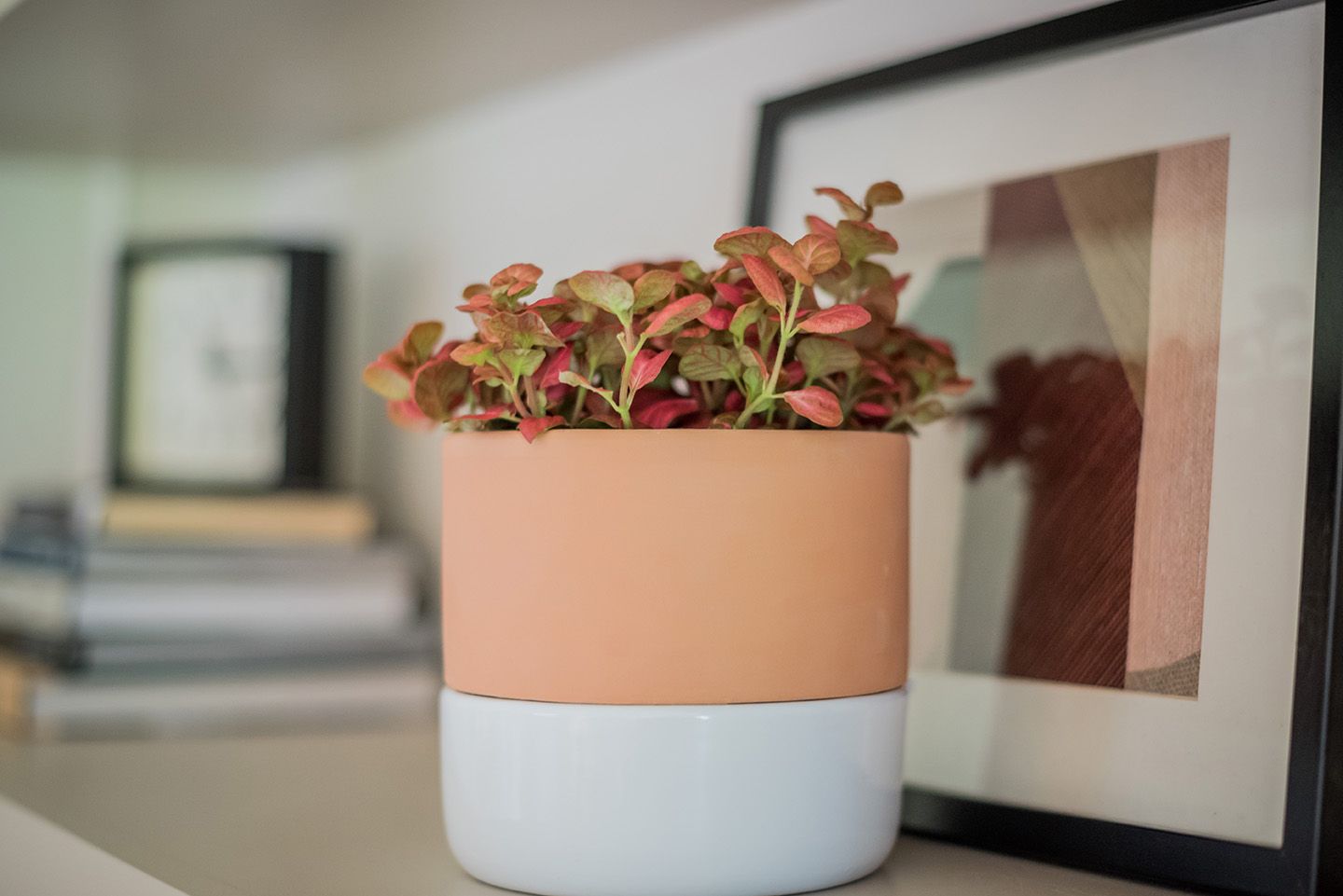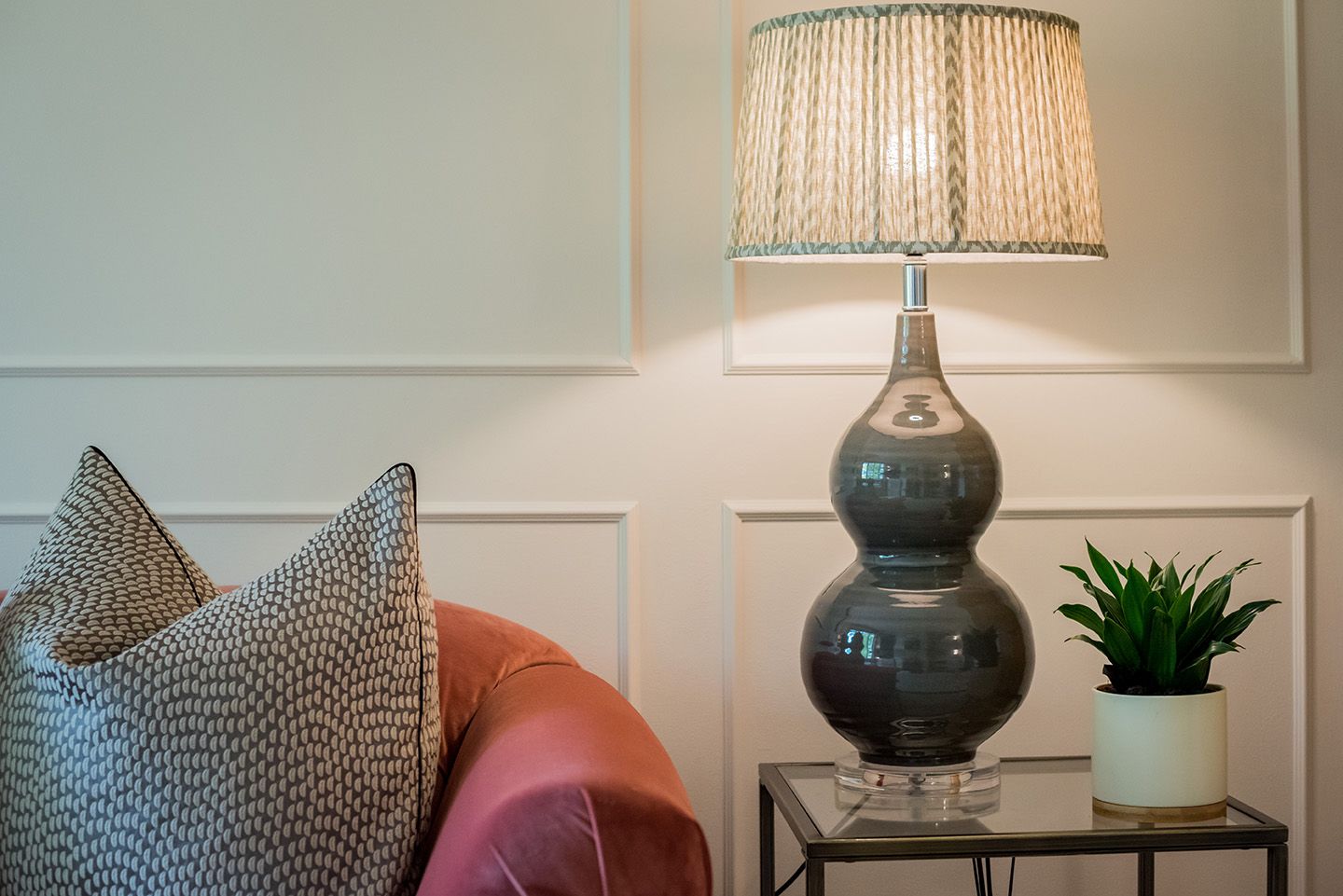The Secret to a Healthier, Happier Home through Biophilic Design
How to create natural spaces that inspire, enrich and enhance your wellbeing

As an interior designer, I'm passionate about creating spaces that both look fabulous and enhance our well-being, through connections to nature and the natural world. Through this blog, I will share my journey of learning and applying Biophilic Design — a design philosophy which promotes the transformation of your living and working spaces by connecting them to nature; promoting better mental health, improved productivity and overall wellbeing.
I should probably first explain what biophilia is. Literally translated, it means ‘love of life’. Simply put, it’s all about our innate connection to nature and the natural world and how making that link makes us feel content. If I asked you to think of your happy place, some of you might imagine a beautiful, white sandy beach, with palm trees swaying in the breeze. Or maybe you would be sat by a riverbank, hearing the stream bubbling along whilst you lie back on the grass. Or perhaps you’d be in a woody forest, listening to the birdsong as you walk the winding paths. The point is, we often talk about interacting with nature — being in nature, seeing and hearing nature. And that’s biophilia in a nutshell. It’s the idea that people feel an intuitive connection to the living world around them. And through that affiliation, we are able to positively thrive.
Biophilic Design is a design philosophy focusing on integrating nature and natural elements into our living and working spaces. And when done right, the benefits have a really positive impact on our health and wellbeing. In order to identify what makes a biophilic space, there are three core principles:
- Direct experience of nature: This might be filling your home with houseplants and flowers, lighting a real fire, or opening curtains and windows to flood your home with natural light and fresh air.
- Indirect experience of nature: It may be that a space does not have access to a window, a view or does not allow plants. In such situations, using natural materials and embracing things that remind you of nature in their pattern, colour and texture can provide a solution.
- Experience of space and place: We can try to live in a way in which we are connected to the natural rhythms of the seasons, whilst making the most of views and natural light.
So why does your home need a natural touch? If we are able to weave the three core threads of biophilic design together in our interior spaces, we can truly benefit from everything this design approach has to offer. Imagine coming home after a busy day at work to a space that’s filled with natural light, calming greenery and materials that feel organic and grounding. It’s not just about aesthetics — the impact biophilic design can have on our wellbeing is wide reaching:-
- Reduces stress, anxiety and depression. Empirical studies have reported that experiences of natural environments provide greater emotional restoration, with lower instances of tension, anxiety, anger, fatigue, confusion and total mood disturbance than urban environments with limited characteristics of nature.
- Boosts focus and creativity, including problem solving and cognitive function. Strong or routine connections with nature can provide real opportunities for mental restoration, during which time our higher cognitive functions can sometimes take a break.
- Improves attention performance in both children and adults, increasing the restorative effect on mental fatigue. If we are really concentrating on a task at work or school, our minds are directly engaged. This attention can only be directed for so long before we need to take a break to recuperate and views of nature really help by capturing our attention without requiring such intense concentration.
- Expedites healing: Studies have shown that patients in hospitals who have a view of nature get better quicker.
- Elevate white blood cell counts, crucial for immune health.
- Boost self esteem.
- Encourage healthy lifestyle habits
- Increase longevity
After reading that temptingly long list of benefits you can achieve through biophilic design, I bet your keen to get started on your own spaces straight away. So where do you begin? One thing to remember before you embark on your design journey is that bringing the outdoors indoors is a philosophy, not a style or interior trend. Whatever the style of your building, whether you live in a country cottage or a minimalist high-tech apartment, embracing nature and using natural elements works, particularly when focusing on natural light and materials. That said, lots of interior trends work perfectly well within the biophilic principles, so whether you are obsessed with house plants (like me) or love crafting with macrame, you are already dipping your toes into the grounding elements of biophilic design.
If you are ready to bring a bit of nature into your home, I recommend you start small. Once you’ve integrated some basic elements, you can begin to layer up and plan larger projects.
Here are five quick and easily achievable ways to start your journey into biophilia and begin creating your own ‘natural nest’
- One of the easiest and most cost effective ways to begin is with house plants. Widely available, they add greenery, texture and colour, creating a calm atmosphere, with the added benefit that some can improve the air quality in your home. I’ll be doing a lot of talking about house plants. I just love them and have been steadily expanding my own collection over the past few years. Nothing makes me happier than seeing a new leaf sprouting on one of my rescue plants.
- Another super easy way is to clean your windows, throw back the curtains, open your blinds and let the daylight in. There is evidence to show that daylight (especially morning light) is particularly beneficial to us, so switch off your lamps and take maximum advantage of the natural light. I’ll be talking lots more about light in future blogs. It’s one of the design features that people struggle with, so I’ll be helping you get it spot on.
- Biophilic design is not just in the aesthetics. It encompasses all our senses. Natural scents from candles and diffusers can celebrate the scents of the outdoors. Calming lavender, stimulating citrus and uplifting ylang ylang all evoke an inviting atmosphere in your home.
- Take a look at your soft furnishings. Could you introduce more natural elements — a jute rug, a furry throw or some beautiful linen cushions. By introducing accessories made from natural materials, you can develop a sensory rich habitat. But do be mindful of the impact these items have on our environment and try to choose from sustainable sources if possible, where industrial processes have been minimised. I’ll be talking about sustainable design in future blogs as eco-design and biophilic deign are closely related.
- Move your desk to the window and create yourself a view. The next best thing to being outside is seeing outside. As little as three minutes looking at trees, flowers or water can start to reduce feelings of anxiety and pain and encourage relaxation. And if you don’t have a view of nature, make sure to add a plant or bunch of flowers to your desk.
Well, I hope this intro into biophilic design and its myriad benefits has peaked your interest. In the coming weeks, I will be delving deeper into this wonderful genre, sharing tips, inspiration and information on how you can incorporate biophilic design into your homes and workspaces. I’ll explore how to bring inspiration from nature into interior design which will improve the positivity and wellness vibes in your home.
I’ll also be sharing details of my favourite suppliers, guiding you to where you can buy the very best home decor to transform your spaces into calming sanctuaries which support your wellbeing in ways you never knew was possible.
It’s going to be such an exciting journey and I’m so looking forward to sharing it all with you. Make sure to follow me for inspiration and guidance on creating your own nature-inspired haven at home!
I’ve love to hear your questions, comments and experiences with biophilia and biophilic design. Get in touch — let’s discuss — let’s connect!



